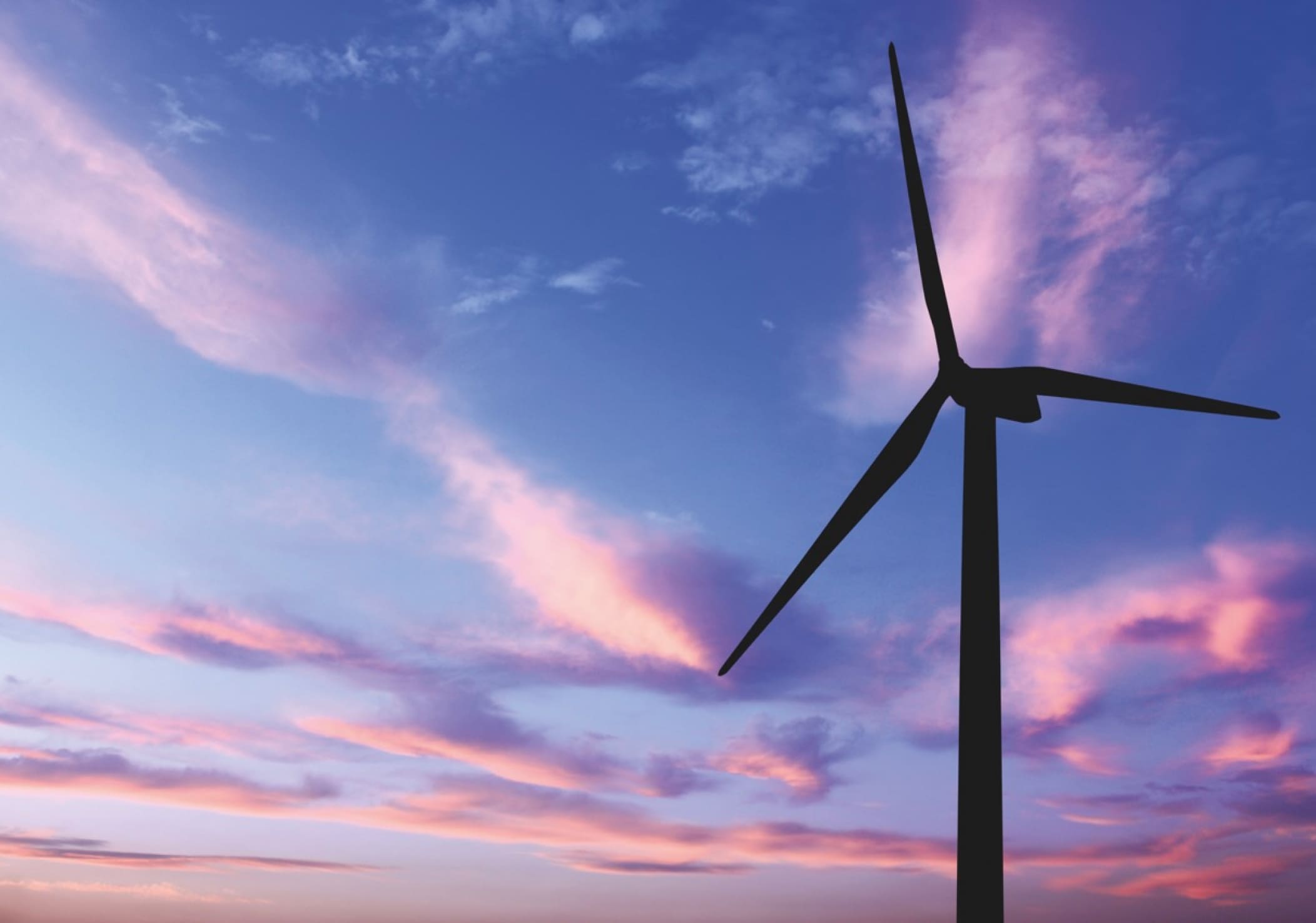
The Covid-19 crisis has caused a decrease in the demand for almost all resources (mainly coal, oil and gas) and in CO2 emissions. Only renewable energies have withstood the shock wave. According to your projections, how will demand evolve in the coming years? And CO2 emissions?
The impact of Covid-19 cannot be overlooked. Global energy demand is set to decline by 5% this year. To put that in context it is seven times larger than the decline we had as a result of global financial crisis one decade ago. This is the result of strong plunge of global economy but also of measures implemented to curb virus outbreak that have impacted also energy-consuming sectors like mobility ones. Emissions are set to decline proportionally in 2020 but there is nothing to celebrate on this as it results from a huge medical and economic shock and not from good policies aimed at change trajectory in our sustainability trends. Looking ahead, energy demand and emission trajectory will be function of two main aspects: a) how long and severe will be the pandemic and b) what policies and measures governments will implement to fuel global recovery. Past experiences showed us that in absence of serious and deep policies, we will resume the previous trend in terms of energy consumption and emissions as soon as the world will come out from the current crisis. In this respect, the pandemic offers a ‘window of opportunity’ to rethink our development model in a more environmental-friendly approach.

Interview with Alessandro BLASI, Special Advisor of the IEA (international energy agency) Executive Director.
“The system as a whole has remained very resilient, despite being hit quite hard”. The IEA analysis shows that almost half of the emission reductions needed to achieve the net “zero” target by 2050 will have to come from technologies that are not yet commercially available today.
Alessandro BLASI, Special Advisor of the IEA (international energy agency) Executive DirectorSeveral observers have compared the Covid-19 crisis to the oil crisis of 1973. The economic decline is reminiscent of the Great Depression of the 1930s. Looking at the energy sector as a whole, what elements of resilience have you noticed?
I do not see a parallel between current crisis and the oil shock in 1973. As far as concerns the energy sector, the current situation is determined by exogenous factors and not internal one. The system has a whole has remained very resilient despite it has been hit particularly strong. But deliveries have continued, supplies have not been interrupted and the system has remained operative and reliable. We should all be grateful to millions of workers in the energy sector that during the peak of the crisis and lockdown have continued to operate with great professionalism and dedication in order to keep energy flowing, allowing our society to deliver essential services.
IEA Director Fatih Birol has explained how this crisis has highlighted the deep dependence of modern economies on reliable electricity supplies. What kind of policies and investments will governments have to support to steer the global energy system towards a sustainable future?
It is correct - the pandemic has highlighted the deep reliance of modern societies on reliable electricity supplies – for supporting healthcare systems, businesses and the basic amenities of daily life. That was a stark reminder of the importance of energy (and electricity) for our society. For a sustainable future there is not a silver bullet or a single technology that can ‘save the world’. Energy is a complicated thing and we need to keep in mind all different aspects. The IEA has offered governments the Sustainable Recovery Plan focusing on cost-effective measures spanning across six key sectors – electricity, transport, industry, buildings, fuels and emerging low-carbon technologies – that if implemented could simultaneously boost economic growth, save and/or create millions of jobs and keep 2019 as the real peak of emissions.

THE PANDEMIC OFFERS A ‘WINDOW OF OPPORTUNITY’ TO RETHINK OUR DEVELOPMENT MODEL IN A MORE ENVIRONMENTAL-FRIENDLY APPROACH.
IEA also argues that the chance to develop low-carbon hydrogen technologies cannot be missed. What role may hydrogen play in the global transition towards clean energy? Which are the areas where it will be mainly used?
Hydrogen can play a key role in global clean energy transitions, but for this to happen; hydrogen production must be low-carbon. Today, practically all hydrogen production is based on natural gas and coal, generating significant amount of CO2 emissions. There are basically two areas for low-carbon hydrogen: the “green hydrogen” – from electrolysis using renewable electricity – and “blue hydrogen” – from fossil fuels whose emissions are captured and stored or reused.
Blue hydrogen today is cheaper than green hydrogen, but as the costs of renewables and electrolysers continue to fall, green hydrogen will become more competitive. In the long run, each country and company will choose between the two options depending on which is cheaper in their own respective context (Ed.: in addition to these, there is a third option, the one of circular hydrogen from waste, developed by NextChem, about wich you can read at page 18). What matters in the end is that the production is low-carbon and affordable and applications can span from industry to transport and other sectors where electrification alone might not be sufficient to solve the climate issue.

What are the other clean technologies alongside hydrogen to get a sustainable, clean, safe and affordable energy system? What does planetary Green New Deal exactly mean?
Thanks to efforts from governments, companies, researchers, and other stakeholders in the energy sector, we have made tremendous progress in clean technologies. In the power sector, solar and wind – including offshore – have seen spectacular decline in costs; electric vehicles, batteries and storage are making important progress and further to hydrogen there is a very important momentum in carbon capture utilisation and storage. Said this, there remains huge scope for governments and companies to scale up efforts in innovation. The amount of spending in R&D for low carbon technologies remain very modest, especially if compared to other sectors like technology one. To accelerate on that front is crucial.
IEA analysis shows that almost half of emission reductions needed to achieve net zero targets by 2050 will have to come from technologies that today are not commercially available yet. The political momentum, the stepping up of many companies on sustainability front and the ultra-low interest rates following quantitative easing can be a fantastic cocktail to finally move on sustainable trajectory.
The worksite of transition